Painting the flesh
Artists' Techniques
Flesh tones contain mostly lead white, with occasional additions of small amounts of earth pigments and red lead. Some figures, like the wild man (fol. 58r) and St John the Baptist (fol. 133r) have green or blue flesh tones, obtained with verdigris and indigo respectively.
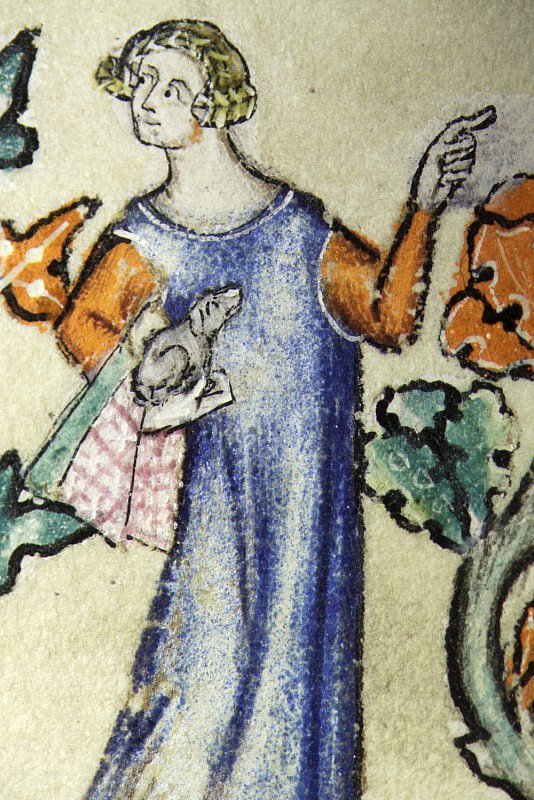
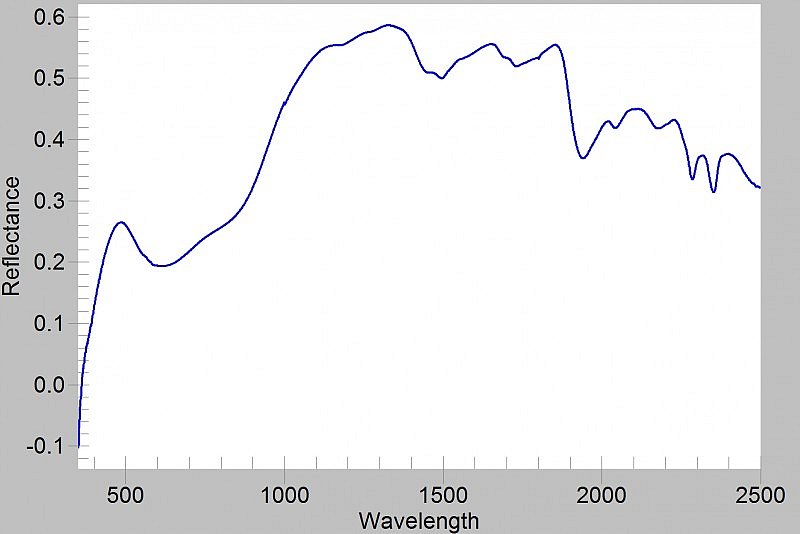
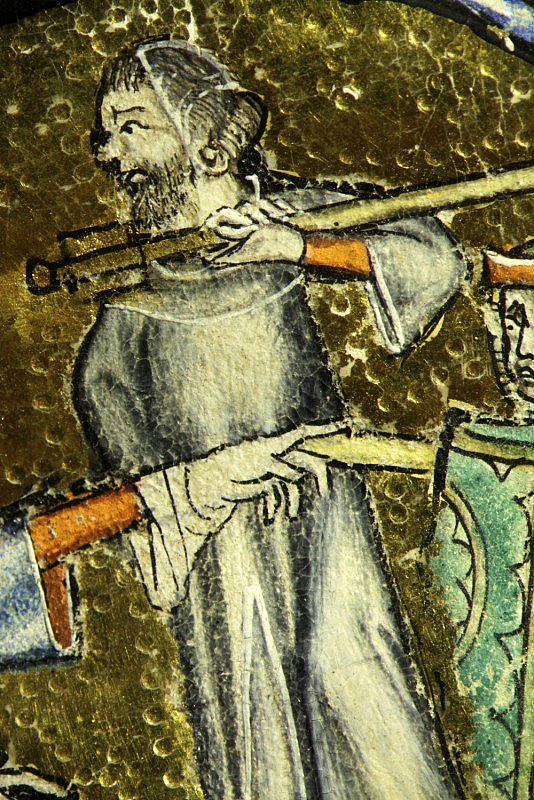
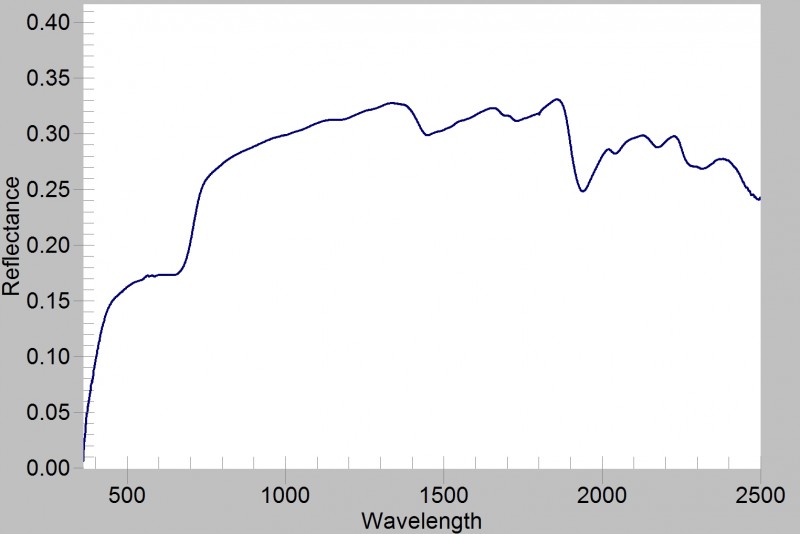
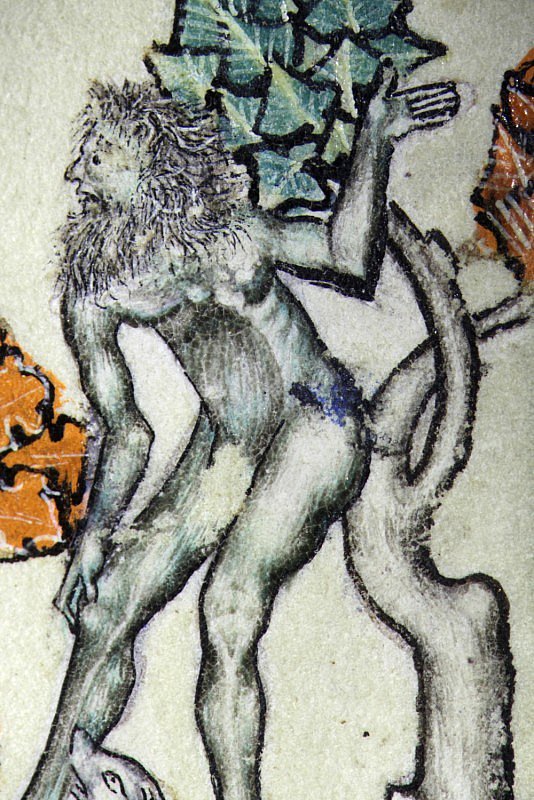
Historiated initial D: King Saul ordering Doeg to kill the priests of Nob (Psalm 38)
This initial deviates from the typical subject matter for Psalm 38 in the traditional English cycle. Instead of showing the Judgment of Solomon, it shows the story of King Saul ordering Doeg to murder Achimelech and his fellow priests of Nob. The jealous king decided to kill the priests because he was angry that they had offered refuge to his rival, David. Saul assigned the task to Doeg, his chief herdsman, when his soldiers (represented here by a fully armed knight), refused to carry out his orders. The initial extends into a full foliate border featuring a bust within a medallion. A mounted knight, a noblewoman cradling her lap dog, and a wild man are depicted in the bas-de-page scene.
This page contains both blue pigments found in the manuscript: azurite, used extensively here in the borders and in the tunics of King Saul and the noblewoman shown in the lower margin (hotspot 1); and indigo, found in Doeg’s grey-blue tunic (hotspot 2) and in the horse. The wild man’s grey-green flesh tone was instead obtained with verdigris (hotspot 3).